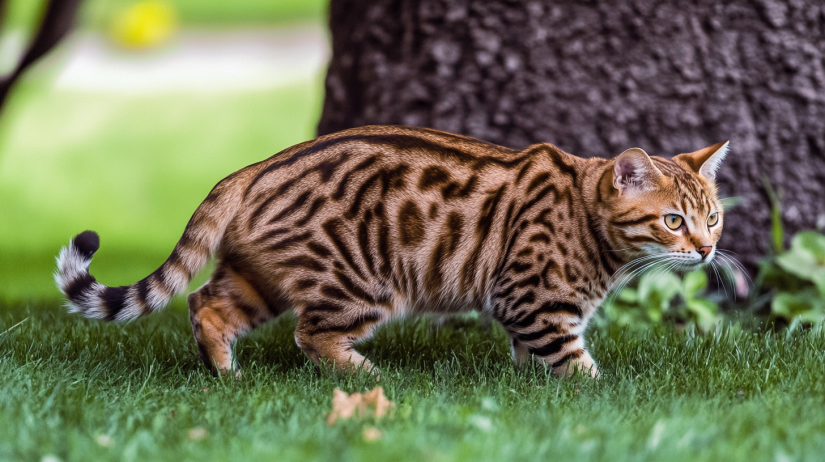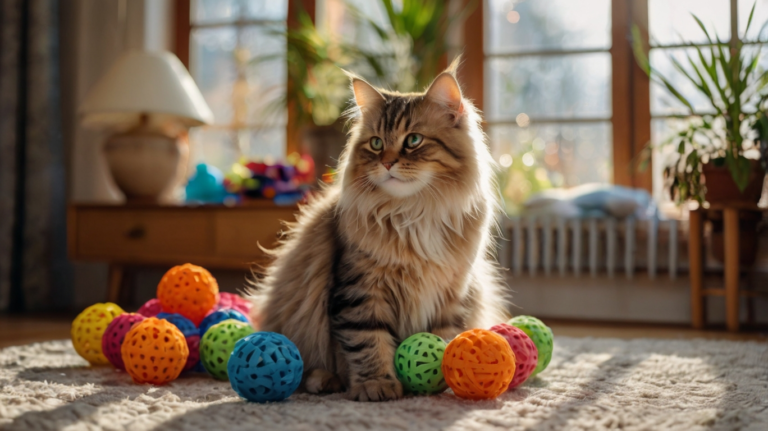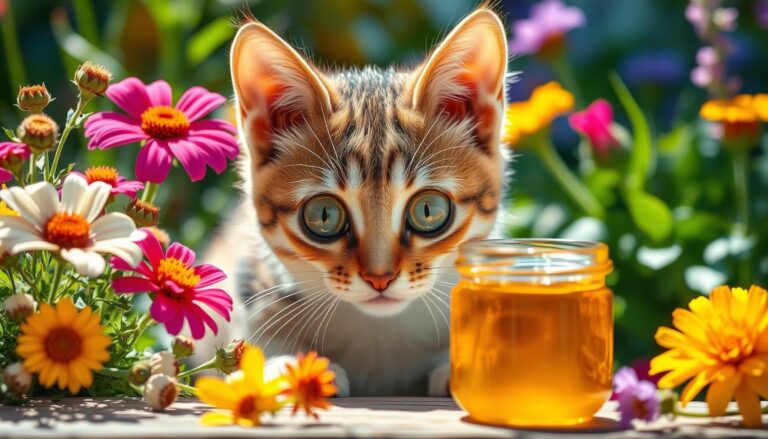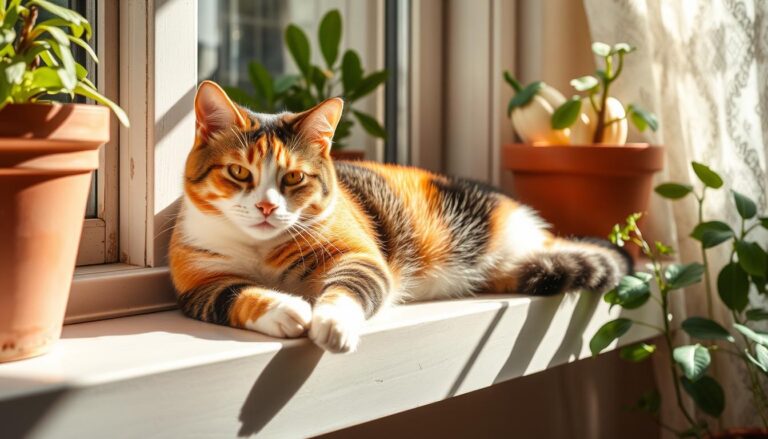Exotic Cats: 8 Incredible Secrets for Thrilling Companionship
Introduction
Close your eyes and imagine a cat that looks like it stepped right out of a wildlife documentary, yet purrs contentedly on your living room couch. If that visual makes your heart leap, you might be one of the growing number of cat enthusiasts intrigued by exotic cats. There is something indescribably fascinating about felines whose patterns, personalities, and histories depart from your everyday tabby. Some have wild ancestry, like Savannahs, while others sport plush coats and adorable flat faces, such as the Exotic Shorthair. With a dash of the unexpected, these cats beckon you to explore a world beyond the standard house kitty.
But owning exotic cats is not only about having a visually striking or rare pet. It also entails important responsibilities, from specialized diets to mindful socialization. In this guide, you’ll learn about some of the most captivating varieties, how to care for them, and how to decide if an exotic companion is right for you. We’ll also get playful along the way, sprinkling in real-life examples and referencing insights gathered from leading feline sources (including authoritative sites like ASPCA, The Spruce Pets, PetMD, CatTime, VetStreet, Purina, Hill’s, and TICA). Ready to embark on a journey through the land of exotic cats? Let’s begin!
Table of Contents
A Quick Overview of Exotic Cats
Before we delve into specific breeds and their personalities, let’s clarify what “exotic cats” typically means in the pet context. Generally, exotic cats refer to rare or unusual feline breeds, often boasting unique appearances or lineage—like wild cat hybrids or heritage lines with distinctive traits. Organizations such as The International Cat Association (TICA) or the Cat Fanciers’ Association (CFA) might classify some of these felines as advanced new breeds or simply as less common but recognized cat breeds.
Why Exotic Cats Are Appealing
- Unusual Looks: Spotted coats or striking facial structures that set them apart.
- Unique Personalities: Some are highly energetic and dog-like, while others are gentle and affectionate couch potatoes.
- Conversation Starters: You’ll always have a story to tell when friends ask, “What kind of cat is that?”
Potential Challenges of Exotic Cats
- Specialized Care: Their lineage or physical characteristics may require distinct diets, grooming, or medical monitoring.
- Legal and Ethical Concerns: Certain states or regions might regulate or restrict ownership of some hybrid cats.
- Higher Costs: Adoption fees, breeding costs, or veterinary bills may be steeper than those for more common cat breeds.
If you’re excited by the thrill of the unusual and are prepared for the commitment, exotic cats can be an immensely rewarding companion. Let’s explore some of the most popular examples and see what it truly means to invite them into your life.
Popular Types of Exotic Cats
Within the realm of exotic cats, a handful of breeds stand out, each with its own mesmerizing appearance and temperament. Below, you’ll find a curated mix of well-known and lesser-known exotic kitties to fuel your fascination.
1. Bengal Cats
Bengals are cherished for their leopard-like spots, making them resemble miniature jungle cats. Originally developed by crossing domestic felines with the wild Asian leopard cat, Bengals display agile bodies, luxurious coats, and playful, energetic personalities. According to CatTime and other competitor sites, Bengals thrive in environments where they can exercise their curiosity—like interactive cat trees and puzzle feeders.
- Temperament: Energetic, playful, and curious
- Maintenance: Regular play sessions, puzzle toys, mental stimulation
- Known For: Eye-catching rosette markings

2. Savannah Cats
Savannahs are hybrid cats bred from domestic cats and the African serval, boasting long legs, bold spots, and large ears. Highly active and sometimes described as “dog-like,” they often enjoy walking on leashes and playing fetch. However, some states have restrictions on ownership due to their wild lineage, so be sure to check local regulations before adopting.
- Temperament: Athletic, social, can bond strongly with their humans
- Maintenance: Ample space, tall scratching posts, daily interactive play
- Known For: Incredible jumping ability and distinctive tall ears
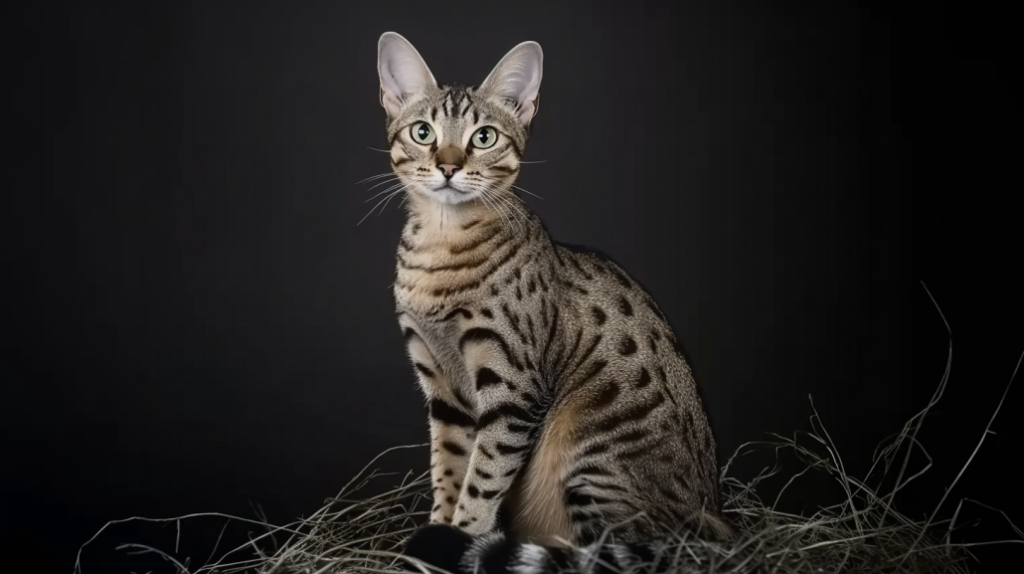
3. Exotic Shorthair
If you love the Persian’s sweet looks but want less grooming, the Exotic Shorthair is a great alternative. Often described as “Persians in pajamas,” these cuddly felines have the same sweet expressions and body type as Persians but with a plush, dense short coat. Exotic Shorthairs are calmer than some of their more active exotic counterparts and enjoy cozy lap time with their favorite humans.
- Temperament: Gentle, laid-back, affectionate
- Maintenance: Weekly brushing, facial cleaning due to flatter face shape
- Known For: Plush coat, trademark round face, relaxed demeanor

4. Chausie
The Chausie (pronounced chow-see) descends from the jungle cat (Felis chaus) bred with domestic cats, resulting in a sleek, athletic feline. Frequently labeled as “forever kittens” because of their playful spirit, they’re not typically recommended for first-time cat owners. If you want a cat that loves high places, can figure out how to open doors, and enjoys water, a Chausie might steal your heart.
- Temperament: Adventurous, intelligent, requires lots of stimulation
- Maintenance: Cat-proof your home; provide climbing structures
- Known For: High energy and puzzle-solving smarts

5. Peterbald
Slender, elegant, and often hairless or with very short coats, Peterbalds originated in Russia. Their unique appearance, featuring large ears and wrinkled skin, makes them a conversation piece wherever they go. While they do require regular bathing and skin care, they’re typically affectionate and love human attention.
- Temperament: Friendly, sociable, thrives on interaction
- Maintenance: Skin maintenance, indoor temperature control
- Known For: Hairless or near-hairless appearance, dog-like loyalty
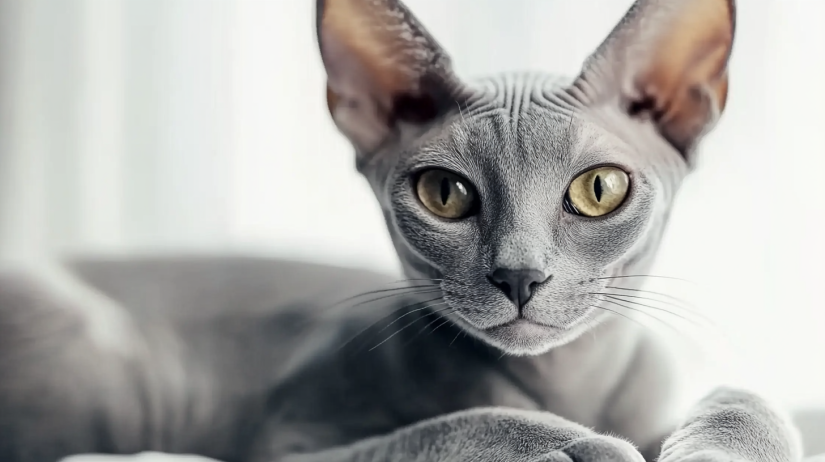
6. Highlander
Recognized for their curled ears and polydactyl paws, Highlanders look like tough mini-bobcats. They’re relatively rare, with big personalities that lean toward playful and people-oriented. Highlanders love exploring, climbing, and sometimes even enjoy splashing in water.
- Temperament: Outgoing, playful, can be very people-focused
- Maintenance: Grooming depends on coat length; watch for ear issues
- Known For: Distinctive curled ears and extra toes
7. Serengeti
Developed to resemble an African serval (similar to the Savannah cat) but without wild ancestry, Serengetis boast tall ears, long legs, and bold spots. They tend to be vocal and playful, relishing high vantage points. If you want a cat with a wild look but purely domestic roots, a Serengeti might be ideal.
- Temperament: Confident, vocal, craves climbing space
- Maintenance: Provide vertical territory (cat shelves), interactive toys
- Known For: Leopard-like spots, big ears, energetic spirit

8. Egyptian Mau
Renowned for being one of the few naturally spotted domestic cats, the Egyptian Mau hails from an ancient lineage. Maus are graceful, agile, and surprisingly fast—some say they can run up to 30 mph. Devoted to their families, they are affectionate yet can be slightly reserved around strangers.
- Temperament: Loyal, athletic, sometimes shy with newcomers
- Maintenance: Moderate grooming needs; love hunting-style play
- Known For: Beautiful spotted coat and historical significance
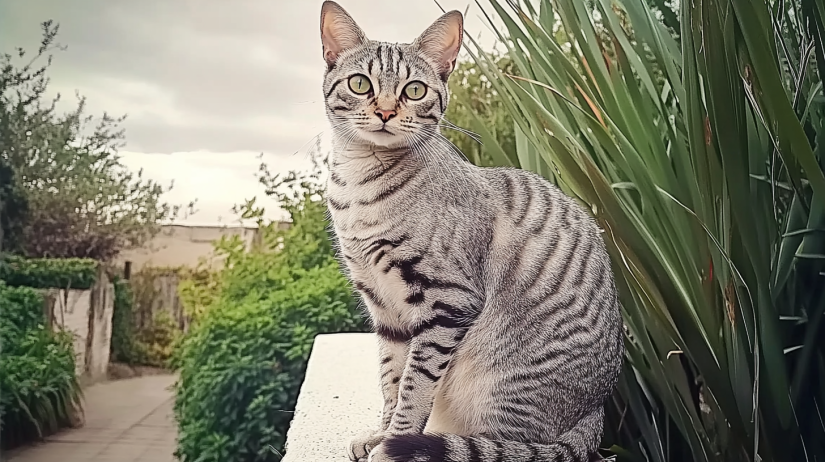
A Quick Comparison Table
Below is a handy table for referencing each of these exotic cats side by side. Use it as a cheat sheet to decide which might best suit you.
| Breed | Key Traits | Grooming Needs | Energy Level | Potential Challenges |
|---|---|---|---|---|
| Bengal | Spotted coat, playful | Low to moderate | High | Requires regular stimulation; can be vocal |
| Savannah | Tall ears, athletic build | Low to moderate | Very High | May be restricted in some areas; needs lots of space |
| Exotic Shorthair | Plush coat, round face | Moderate (weekly brushing) | Low to moderate | Flat face can require extra facial cleaning; watch for breathing |
| Chausie | Sleek, agile, wild ancestry | Low | High | Demands mental stimulation; not ideal for beginners |
| Peterbald | Hairless or near-hairless | Higher (baths, skin care) | Moderate | Sensitive skin; temperature control |
| Highlander | Curled ears, extra toes | Varies (short or long coat) | High | Need enough space to climb and play |
| Serengeti | Bold spots, domestic lineage | Low | High | Very vocal, thrives with vertical space |
| Egyptian Mau | Naturally spotted, agile | Low | High | Can be shy around strangers; loves interactive play |
Caring for Exotic Cats
Bringing exotic cats into your family means committing to responsible care that respects their distinct traits. Below are some essential considerations to help you anticipate challenges and create a pet-friendly environment.
Nutrition and Diet
Several exotic cats have higher energy requirements, so your chosen breed’s diet may need extra protein. Bengals and Savannahs, for instance, might benefit from diets formulated to support their muscular builds. According to PetMD and other nutritional experts, it’s wise to consult with a veterinarian for a breed-specific feeding plan, possibly including high-quality wet food or even raw/freeze-dried diets—particularly if you observe allergies or sensitivities.
Grooming Rituals
- Short-Coated Breeds: Typically need weekly brushing to remove loose hair and dander.
- Hairless or Near-Hairless Breeds: Require regular bathing to prevent oil buildup.
- Flat-Faced Breeds: Clean face folds carefully to avoid bacterial buildup.
Exercise and Enrichment
Exotic cats, especially those with wild ancestry, often have higher activity levels. Provide climbing structures, puzzle toys, interactive laser pointers, and even cat-safe harnesses if they enjoy supervised outdoor walks. If you notice your cat pacing or meowing excessively, it might signal boredom—time to ramp up the play sessions!
Real-Life Example: A Bengal named Luna once started knocking over items from shelves whenever she felt ignored. Her owner introduced timed treat-dispensing puzzles. This mental challenge kept Luna engaged, and the destructive behavior lessened significantly.
Socialization and Behavior
- Early Interaction: Expose kittens to a variety of sights, sounds, and people.
- Gradual Introductions: If you’re adding an exotic cat to an existing pet household, do so slowly.
- Positive Reinforcement: Reward calm, friendly behaviors with treats or praise.
Health Checks and Veterinarian Visits
Exotic cats might be prone to breed-specific conditions (like heart issues in some hybrid cats or respiratory troubles in flat-faced cats). Frequent vet visits help catch problems before they escalate. Some breeders also offer health guarantees—be sure to inquire about this if you’re adopting or purchasing from a specialized breeder.
Legal Considerations
Certain states in the U.S. restrict or ban the ownership of certain exotic or hybrid cats. Always confirm local laws, HOA rules, or rental agreements to ensure you’re in compliance. Some owners mistakenly adopt or buy a hybrid only to discover it’s not permitted in their area, leading to difficult decisions and heartbreak.
Ethical Pet Ownership
Organizations such as the ASPCA emphasize the importance of ethical breeding and responsible cat ownership. You should purchase or adopt from reputable, licensed breeders or rescues to avoid supporting unscrupulous breeding operations. Many exotic cats also end up in shelters, so consider adopting through a specialized rescue if possible.
Call to Action
By now, you’re armed with a wealth of knowledge regarding exotic cats—from their dazzling appearances to the unique care they require. If you’re considering bringing one of these felines into your life, take the time to research the breed’s temperament, special needs, and local legal considerations. Then, reach out to reputable breeders or rescue organizations for further guidance. With the right approach and plenty of love, these unusual felines can become faithful, lifelong companions.
Frequently Asked Questions
1. What is the safest Exotic cat to own?
Exotic cats with a calm temperament, like the Exotic Shorthair, are often viewed as safer choices. They adapt well to typical home environments. Always assess your lifestyle before adopting exotic cats.
2. What should I feed an Exotic cat?
Exotic cats thrive on high-quality food with balanced protein and nutrients. Wet or raw diets might suit their needs. Consult your vet to find the ideal meal plan for exotic cats.
3. Are Exotic cats legal everywhere?
Exotic cats might be restricted in some regions or states. Always check local laws and policies. Responsible ownership of exotic cats includes legal compliance.
4. Do Exotic cats need more exercise than regular cats?
Exotic cats often have higher energy levels, especially hybrids. They benefit from daily interactive play. Enrichment is vital to keep exotic cats mentally and physically healthy.
5. Can Exotic cats live with other pets?
Many exotic cats can coexist peacefully with other pets if introduced slowly. Socialization from a young age helps. Observe interactions closely to ensure exotic cats remain stress-free.
6. How much grooming do Exotic cats typically need?
Grooming needs vary among exotic cats, but many need regular coat or skin care. Flat-faced breeds may require extra attention to facial folds. Bathing is essential for hairless exotic cats.
7. Which health issues might Exotic cats face?
Some exotic cats may have breed-specific problems like heart conditions or respiratory issues. Regular vet check-ups are crucial. Early detection keeps exotic cats living healthier, happier lives.
8. How can I ensure ethical ownership of Exotic cats?
Choose reputable breeders or rescues that prioritize animal welfare. Research breed regulations and caretaker responsibilities. Proper sourcing guarantees a better life for exotic cats.
Conclusion
Exotic cats capture our hearts with their flamboyant coats, captivating eyes, and often unusual behaviors. From the playful Bengal to the serene Exotic Shorthair, each breed offers its own charm and set of demands. By balancing these felines’ needs for proper nutrition, enrichment, and ethical care, you can look forward to many joyful years with a companion that truly stands out. Remember, always do thorough research, consult professionals, and verify local regulations before bringing an exotic cat into your household. If you choose wisely and nurture them diligently, these mesmerizing felines can be your most extraordinary furry friend.

